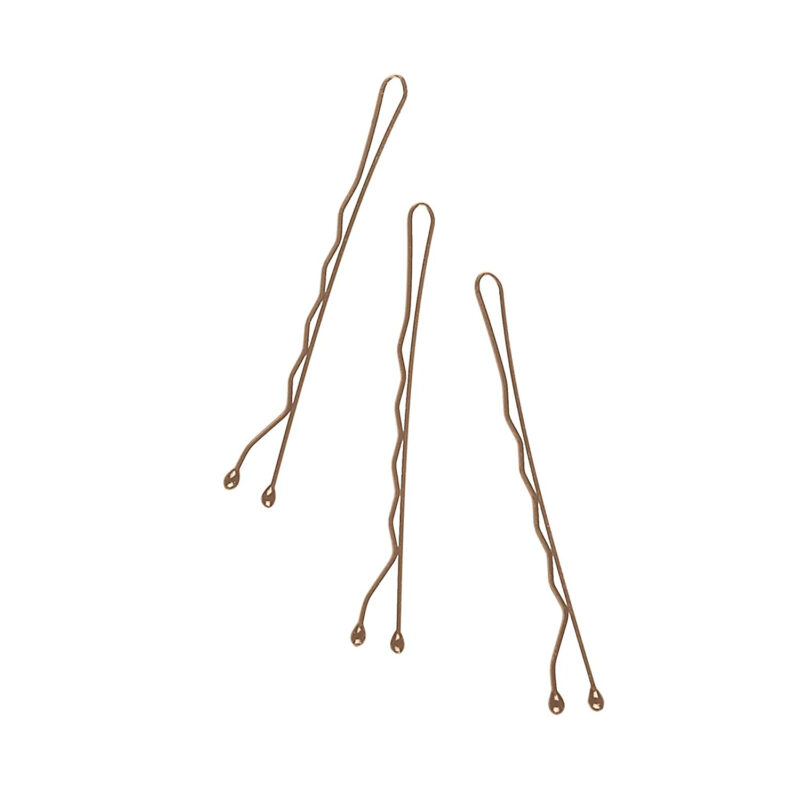Blog, Fashion History, Style
THE HISTORY OF Bobby Pins
Hairpins are widely regarded as the direct predecessors of bobby pins and have existed since ancient times. In Central Africa, they were typically crafted from bone, ivory, or wood. In Ancient Rome, hairpins were long and hollow, sometimes designed to hold perfume—or even poison. By the 1600s in France, both men and women used hairpins, which were either long and straight or U-shaped, to secure wigs in place; these were known as bobbing pins. During the Victorian era, women relied on hairpins to keep their hair neatly styled, adhering to the era’s standards of propriety. (Some also consider barrettes to be an early form of bobby pins. Barrettes were worn globally, with Mexican women often favoring brightly colored versions featuring decorative faces and spring clips.) The modern bobby pin, with its spring clip design, emerged in the 1920s, helping women achieve popular styles like finger waves and pin curls. These new bobby pins were also more effective at securing hair under the tight-fitting hats of the time. Today, bobby pins remain a staple for creating countless hairstyles and are easily found in drugstores and other convenient locations.

